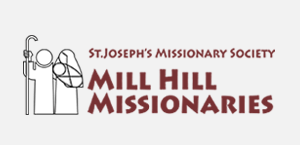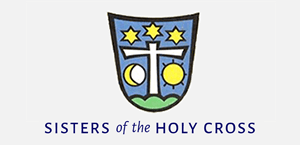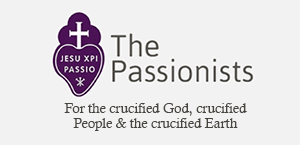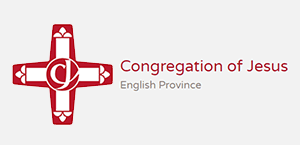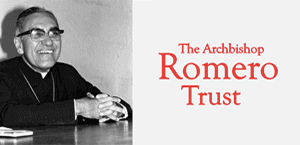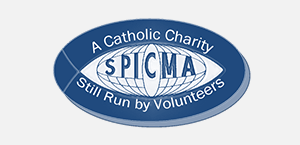Gospel in Art: Feast of Saint John of Damascus
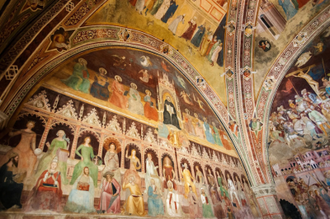
Triumph of St Thomas and Allegory of the Sciences, Spanish Chapel, Santa Maria Novella, Florence. Fresco by Andrea di Bonaiuto
Source: Christian Art
Gospel of 4 December 2023
Matthew 8:5-11
When Jesus went into Capernaum a centurion came up and pleaded with him. 'Sir,' he said 'my servant is lying at home paralysed, and in great pain.' 'I will come myself and cure him' said Jesus.
The centurion replied, 'Sir, I am not worthy to have you under my roof; just give the word and my servant will be cured. For I am under authority myself, and have soldiers under me; and I say to one man: Go, and he goes; to another: Come here, and he comes; to my servant: Do this, and he does it.'
When Jesus heard this he was astonished and said to those following him, 'I tell you solemnly, nowhere in Israel have I found faith like this. And I tell you that many will come from east and west to take their places with Abraham and Isaac and Jacob at the feast in the kingdom of heaven.'
Reflection on the fresco
Saint John of Damascus (ca. 676-749) is Priest and Doctor of the Church and one of our first and foremost defenders of sacred images. Needless to say, he is one of my favourite saints.
Saint John of Damascus, also known as John Damascene, was a prominent Christian theologian and monk whose main contribution to Christian theology was his defence of the veneration of sacred images, articulated in his treatise titled "On the Divine Images" (Apologia Against Those Who Decry Holy Images). In this influential work, Saint John staunchly defended the use of religious icons and images in Christian worship, countering the iconoclastic controversies that had emerged within the Byzantine Empire.
In "On the Divine Images," Saint John of Damascus articulated a theological defence of the use of sacred images, emphasising their role as aids to contemplation and devotion rather than as objects of worship in themselves. He argued that since God took on human form in the person of Jesus Christ, it was not only permissible but beneficial to depict Christ and other sacred figures in visual form. John's treatise had a profound impact on the Second Council of Nicaea in 787, where the veneration of icons was officially affirmed by the Church. I think we can be bold enough to state that without Saint John, we may never have had our Gothic cathedrals, our Michelangelos or any of the magnificent sacred art which has accompanied us through the ages.
We see Saint John of Damascus depicted in the majestic fresco of The Triumph of St Thomas Aquinas in The Spanish Chapel at Santa Maria Novella in Florence. Andrea di Bonaiuto executed these frescoes between 1365-68 in the Dominican church. The artist was one of the main players on the Florentine art scene at the time. He was even appointed to the committee planning the dome of Florence cathedral. We see Saint John, on the bottom row, dressed in yellow (representing Theology), seated between Saint Jerome sitting there pensively wearing a hat (representing Scripture) and then St Dionysius the Areopagite on his other side in blue (representing Contemplation). This group of saints represents on the left represents the Allegory of the Sacred Sciences, and the group on the right, the Allegory of the Secular Sciences.
LINKS
Gospel in Art: https://christian.art/
Today's Reflection: https://christian.art/daily-gospel-reading/matthew-8-5-11-2023/









